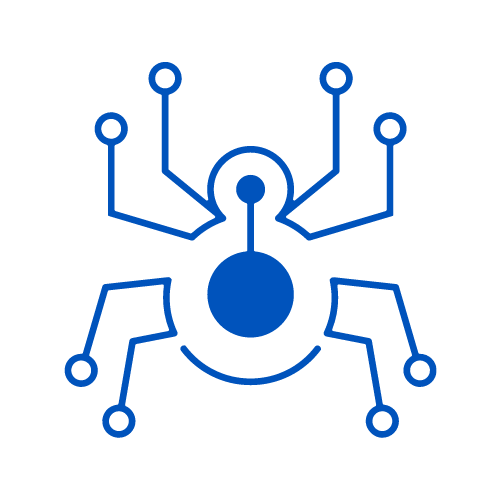Cybersecurity and Social Engineering: Understanding the Human Element of Cyber Threats

Summary: This article will delve into the world of social engineering, a critical aspect of cybersecurity that focuses on the manipulation of human behavior to gain unauthorized access to information or systems. It will cover various social engineering techniques, such as phishing, pretexting, and tailgating, and offer strategies for recognizing and defending against these tactics.
Introduction
Social engineering is a critical aspect of cybersecurity that focuses on the manipulation of human behavior to gain unauthorized access to information or systems. By exploiting human psychology, social engineers can bypass even the most sophisticated security measures. This article will cover various social engineering techniques, such as phishing, pretexting, and tailgating, and offer strategies for recognizing and defending against these tactics.
Phishing
Phishing is a common social engineering tactic in which attackers impersonate legitimate entities to trick individuals into revealing sensitive information, such as login credentials, financial information, or personal data. Phishing attacks often use email, but can also occur through text messages, phone calls, or social media.
Defending against phishing:
- Be cautious when opening unsolicited emails or messages, especially those containing links or attachments.
- Verify the sender's identity before responding to requests for sensitive information.
- Look for signs of phishing, such as poor grammar, spelling errors, or unprofessional email design.
Pretexting
Pretexting involves the creation of a fabricated scenario, or pretext, to manipulate individuals into divulging sensitive information. In a pretexting attack, the social engineer may pose as a colleague, IT support, or even a law enforcement officer to gain the target's trust.
Defending against pretexting:
- Be suspicious of unsolicited requests for sensitive information, particularly from unknown individuals.
- Verify the identity of the requester through independent means, such as calling the company or organization they claim to represent.
- Limit the amount of personal information shared on social media to reduce the risk of identity theft.
Tailgating
Tailgating, also known as "piggybacking," occurs when an unauthorized individual gains physical access to a secure area by following an authorized person. Social engineers may use this technique to infiltrate an organization's premises and access sensitive data or equipment.
Defending against tailgating:
- Implement strict access control measures, such as keycards or biometric scanners, to secure entry points.
- Train employees to be vigilant about unauthorized individuals attempting to gain access to restricted areas.
- Require visitors to sign in and be escorted by an authorized employee at all times.
Baiting
Baiting involves using something enticing, such as a free gift or a download, to lure individuals into revealing sensitive information or installing malware on their devices. Attackers may use physical bait, such as a USB drive left in a public location, or digital bait, such as a fake software update prompt.
Defending against baiting:
- Be cautious when encountering offers that seem too good to be true or require the disclosure of sensitive information.
- Avoid using unknown USB devices or downloading software from untrusted sources.
- Keep devices and software up-to-date with the latest security patches.
Education and Awareness: The Best Defense Against Social Engineering
The most effective defense against social engineering is education and awareness. By training employees and individuals to recognize and respond to social engineering tactics, organizations can reduce their vulnerability to these attacks. Regular security training, simulated attacks, and ongoing communication about the latest threats can help create a culture of security awareness and vigilance.
Conclusion
Social engineering exploits the human element of cyber threats, making it a significant challenge for organizations and individuals alike. By understanding the various techniques used by social engineers and implementing strategies to defend against them, individuals and organizations can better protect themselves against the ever-evolving landscape of cybersecurity threats.





